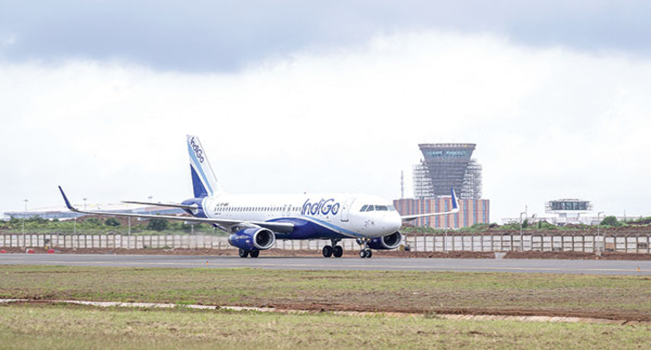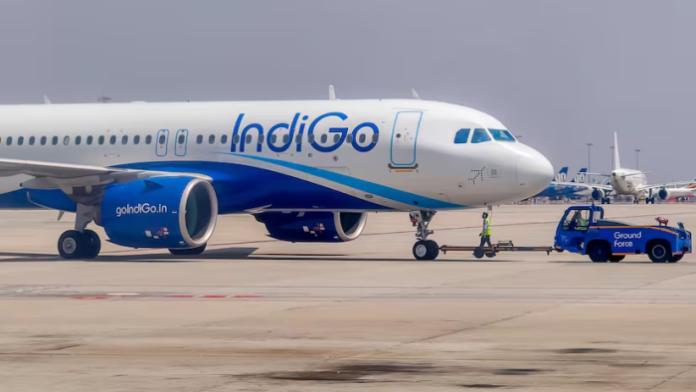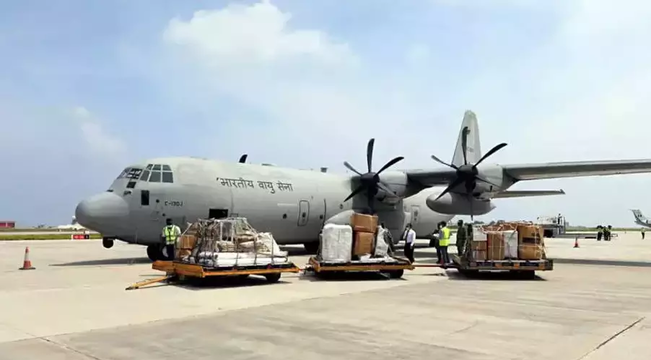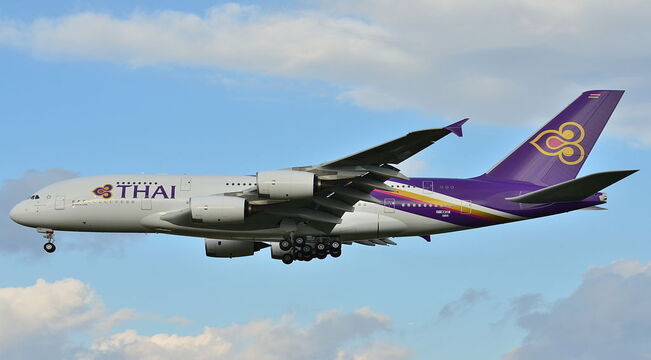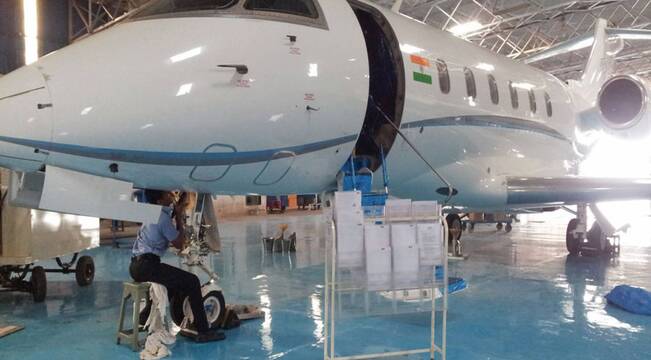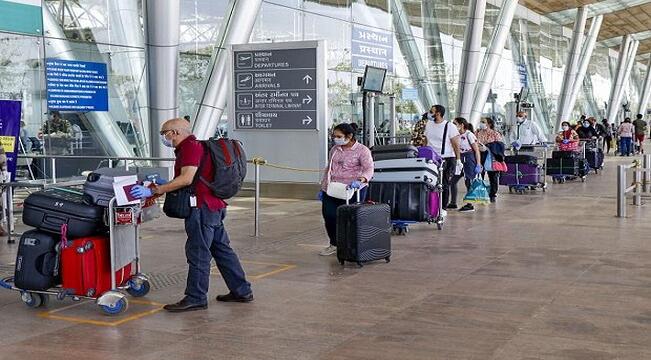New Delhi, November 18, 2024: Indian aviation made history on November 17, 2024 with airlines carrying over 5 lakh domestic passengers in a single day, for the first time in the history. All airlines together carried 5,05,412 domestic passengers across 3173 domestic departures. This marks the steady push for the last two weeks with days of peaks in air traffic, November 08 recording 4.9 lakh passengers, November 09 reporting 4.96 lakh passengers. This was followed by Nov 14 and Nov 15 recording 4.97 lakh, 4.99 lakh passengers, and Nov 16 recording 4.98 lakh passengers until the final mark was made.
This comes amidst a relatively muted October leading up to Diwali and IndiGo announcing its Q2-FY25 results just before Diwali and reporting a loss after seven consecutive quarters of profit. IndiGo had then mentioned that yields have normalised from the earlier high yield environment. This is also an indicator that traffic is moving post Diwali rather than during Diwali with the wedding season kicking off and there is a remarkable shift from school holiday centric traffic to festivities centric traffic.
High fares, High load factors, but not so many flights
The deployment of flights has been hovering at an average of 3161 per day, this month. This is about 8 flights a day more than the previous month but lower than what airlines managed to deploy during peak Diwali days.
Post merger of Vistara with Air India on Nov 12, some flights between metro sectors have been upgraded to the dreamliners by the combined entity, leading to an increase in capacity momentarily. This comes at a time when the airline has cancelled some international sectors.
The change in equipment leads to higher deployment of seats even at the same number of flights according to the reports published in hindustantimes.com.
While Akasa Air and Air India Express have not been able to add planes since the Boeing’s strike started, SpiceJet has added a handful of flights on the back of few aircraft being made airworthy following the infusion of INR 3000 crores and settlement with lessors and vendors. Yet, overall from the early months of this year to now, the average increase in flights per day has been less than 100 flights a day.
Are yields picking up?
In the days post Diwali, airlines came up with sales which many believed were at the unlikeliest of times. After stirring the market and prompting passengers to book, the immediate fares have gone up again and so have the load factors, a classic example of demand going up, supply remaining constant and pushing up fares.
This is good news for airlines, though the outcry on social media by passengers has been instant. IndiGo recently recorded losses and all other airlines have been in losses and hence it bodes well for the industry. Apart from the usual supply chain issues which have impacted airlines, congestion at major airports in the country have been impacting the airlines. This includes long holding times before landing and delays for take-off leading to a cascading effect on the schedule. This often leads to missed connections and subsequent rebookings.
The last month or more has also seen the airlines being impacted by hoax calls which have seen diversions, security searches and more. This has also led to airlines having to spend more than budgeted to manage passengers, get stranded passengers, crew and aircraft out along with schedule disruptions. Ultimately to stay profitable, all such costs will have to be passed on to the consumers.
Tail Note
The surge in air travel has been particularly remarkable in recent years. The government’s focus on modernising airports and improving air connectivity has played a crucial role in boosting passenger numbers. With both Delhi and Mumbai getting a new airport next year, the capacity issue on the airport side will get a breather.
This milestone is a testament to the resilience of the Indian aviation sector, which has faced numerous challenges in the past, including the COVID-19 pandemic from which it has recovered faster than IATA’s estimate. The industry’s ability to adapt to changing circumstances and capitalise on emerging opportunities has been instrumental in its growth.
As the country continues to develop and its economy expands, the demand for air travel is expected to further increase. This presents a significant opportunity for the aviation sector to contribute to India’s overall growth and development. Traditionally aviation growth is twice the GDP growth. India’s GDP is growing in the range of 6% to 7.5% but the aviation growth has been steady around 5%, largely due to lack of capacity. The new milestone is a psychological push and could well lay the path ahead for 2025.










